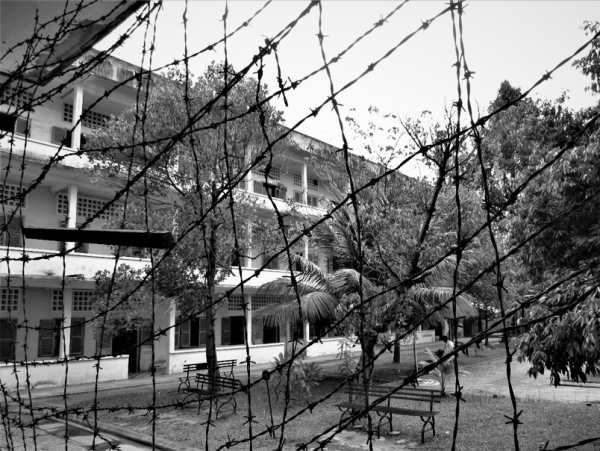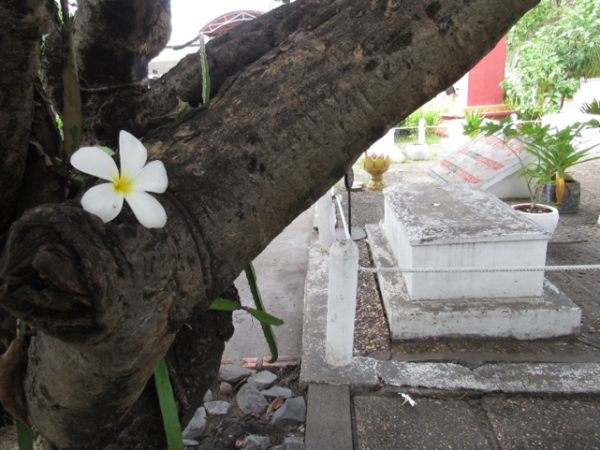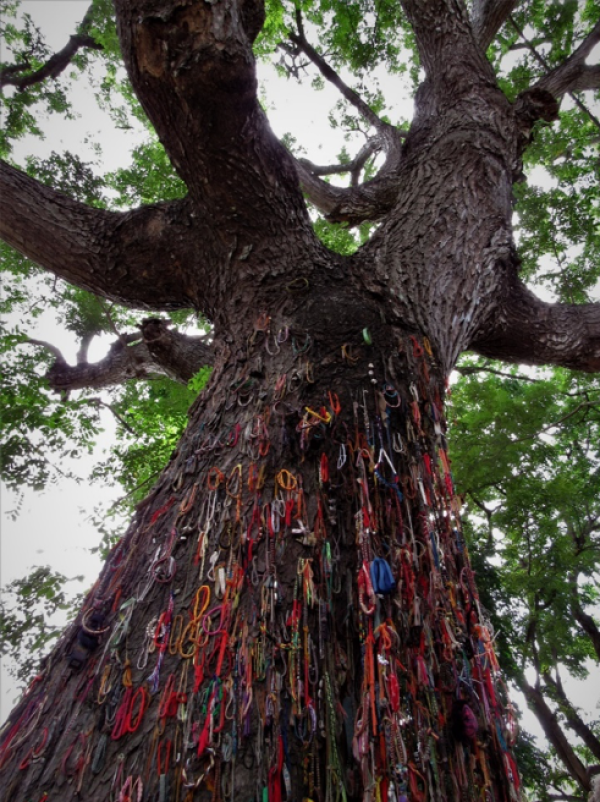Depicting Forced Displacement and Mass Atrocities: Images of Cambodian Genocide Memorials
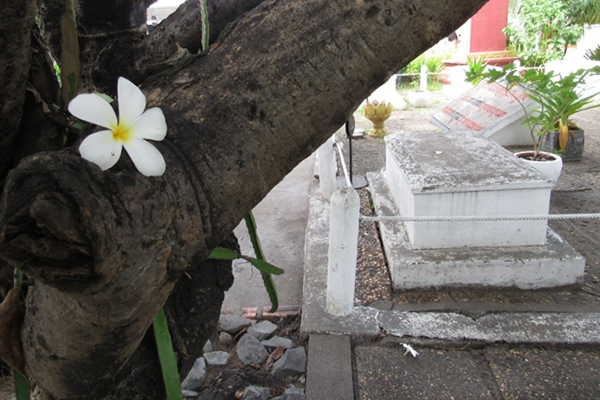
By Jamie Wise, undergraduate major in sociology (recipient of a Migration, Mobility and Immobility grant)
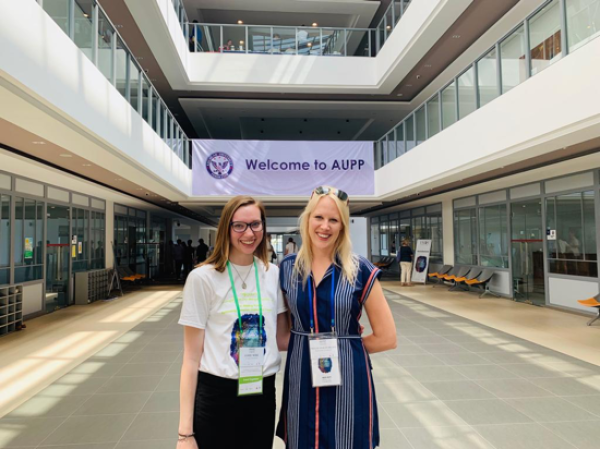
How do you remember a genocide? Forty years after the Cambodian genocide, I sought to better understand how forced displacement and mass atrocities are depicted at public memorial sites. I embarked on a creative, photo-essay research project with the support of the Migration, Mobility, and Immobility Project during July 2019, examining the history of the genocide in Cambodia and its representation today.
From 1975-1979, the Khmer Rouge regime under Pol Pot conducted a 4-year campaign of violent social cleansing, aimed at creating an agrarian, communist utopia. Since then, Cambodia has tried to come to terms with the legacy of an estimated two million deaths from violence and starvation. I traveled to Cambodia to visit two major state-sanctioned memorials and interrogate how they depict mass atrocities committed by the Khmer Rouge.
Memorials can be a form of symbolic reparations for the victims of violence and their families, while educating about past human rights abuses to prevent future violations. At the same time, memorials are sites of contestation, where narratives are created, interpreted, and sometimes challenged. Memorial sites are designed to communicate particular “truths” about the past, and their visitors actively engage in processes of social interpretation to make sense of all they see and experience.
I focused my analysis on two memorial sites: the Tuol Sleng Genocide Museum, a former Khmer Rouge detention center, and the killing fields at the Choeung Ek Genocidal Center, a burial site outside of Phnom Penh. Based on this research, I authored a photo-essay that will be published in the Spring 2020 issue of Contexts magazine, a publication by the American Sociological Association.
Reflecting on my experience in Cambodia, I can attest that memorials reinforce universal values about basic human rights and affirm that concern for the prevention of mass atrocities transcends borders. Memorialization is an important part of reckoning with the past, but it alone is insufficient to address the tremendous effects of mass atrocities. There is still much to be done to pursue justice in Cambodia and elsewhere. Memorials like these can educate and inspire others to work toward a more peaceful and just world.
I have included some photographs from my collection below
(All photos ©Jamie Wise)
